1. Flat Feet
Flat feet is a condition where the arch of the foot is absent, causing the sole of the foot to be flat when placed on a surface. Several possible causes for flat feet include congenital defects, arthritis, joint abnormalities, obesity, or nerve problems.
Flat feet can lead to pain in the heel, ankle, and difficulty with normal walking. It can also cause structural abnormalities in the toes and inflammation in the foot tendons, as well as heel spurs.
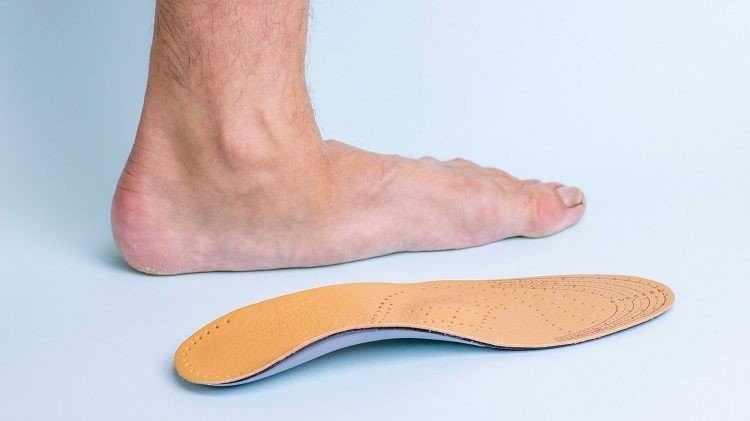
2. Hot and Sore Feet
Individuals with diabetes or peripheral nerve damage often experience a burning sensation in their feet. Other potential causes of hot and sore feet include chronic kidney disease, vitamin B deficiency, hypothyroidism, or peripheral artery disease.
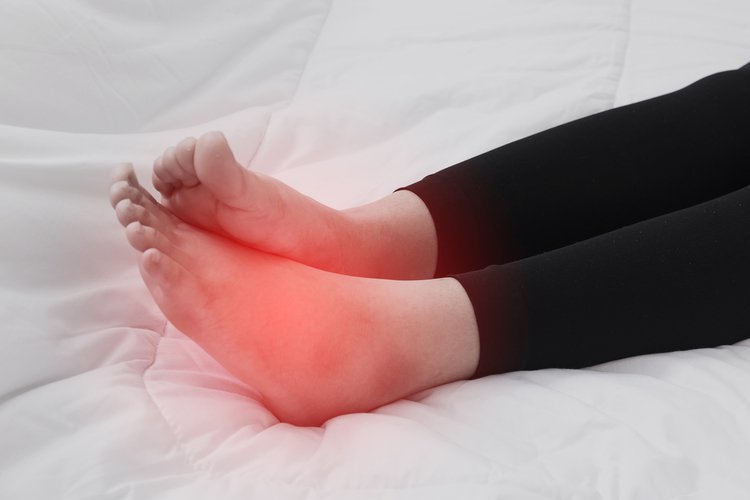
3. Cold Feet
If your feet are frequently cold, it could indicate poor blood circulation. Healthy feet should quickly regain their original color when pressure is applied to the area beneath the toe. However, if your feet turn purple and show signs of poor blood flow, you may have issues with blood circulation.

4. Frequent Muscle Cramps
Muscle cramps are common and usually resolve with stretching and massaging. However, frequent muscle cramps may indicate poor blood circulation or pinched nerves. Increasing your intake of water, electrolytes, and minerals such as potassium, magnesium, and calcium can help reduce this phenomenon.

5. Frequent Foot Pain
Recurrent foot pain without an obvious cause may be a sign of stress fractures, which are small cracks in the bones. This condition often occurs due to high-intensity sports activities, especially in individuals with osteoporosis.

6. Swollen Feet and Ankles
Swollen feet and ankles can occur due to prolonged standing, but they can also be a symptom of underlying conditions including cardiovascular disease, blood vessel issues, lymphatic system problems, or liver issues.
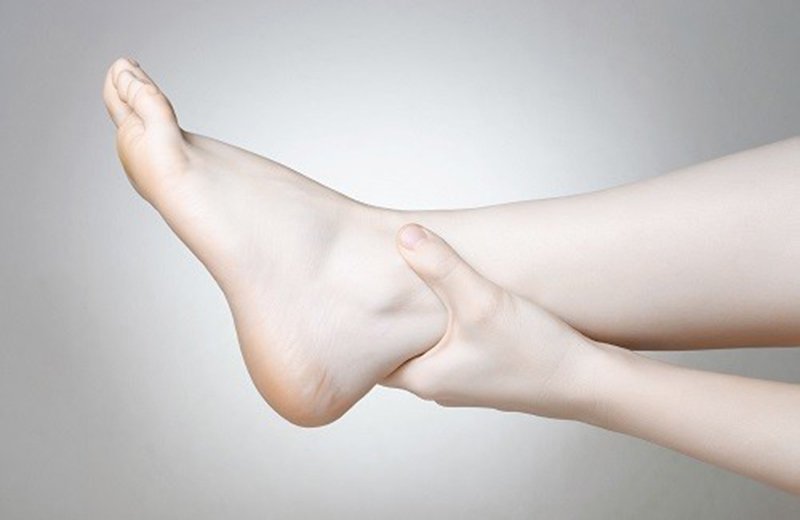
7. Dry and Cracked Feet
Activities such as running or walking barefoot can lead to the formation of calluses on the feet. However, severe dryness and cracking may be a sign of dermatitis, psoriasis, eczema, calluses, or fungal infections. Fungal infections can also cause itching, stinging, and dryness between the toes and soles of the feet.

8. Abnormal Changes in Toenails
If you notice yellowing and brittle toenails, it may be due to excessive use of nail polish or toenail fungus infection. Dark or black spots on toenails without any injury should warrant a visit to the doctor, as it could be a sign of skin cancer.

9. Increased Blood Vessels on the Soles of the Feet
Impaired liver function can lead to reduced blood circulation and increased blood vessels on the soles of the feet. Deep wrinkles on the sides of the toes or symptoms similar to pinholes in women may indicate gynecological conditions such as endocrine disorders or irregular menstruation.
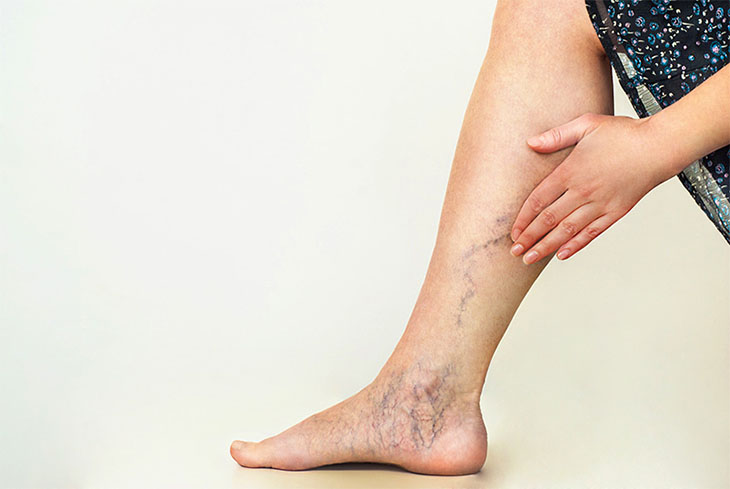
10. Unusual Color of the Soles of the Feet
The color of the soles of the feet can provide insights into overall health. For example:
- Green soles may indicate a cold constitution and a tendency to have cold feet or cold sweats.
- Excessively red soles may suggest an overheated body, requiring detoxifying and cooling foods.
- Yellow soles could be a sign of liver disease.
- Black or purple soles may indicate poor blood circulation.
- White soles may suggest blood deficiency, weakness, or a cold constitution.
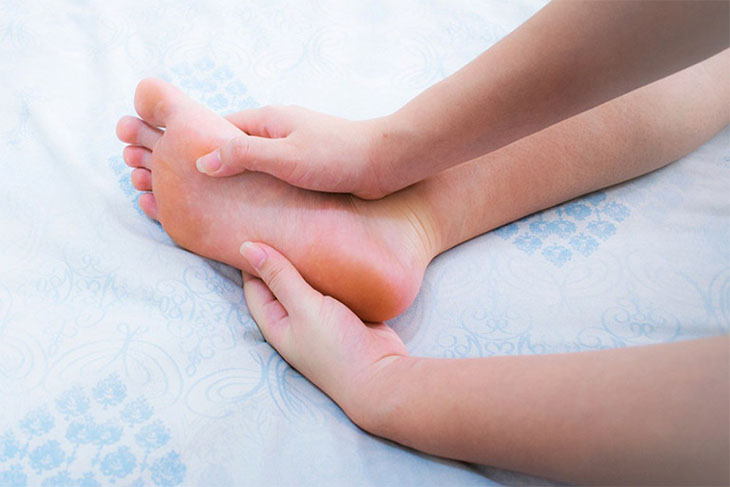
We hope this article has helped you identify potential health warning signs in your feet. If you have any questions, please leave a comment below!



































